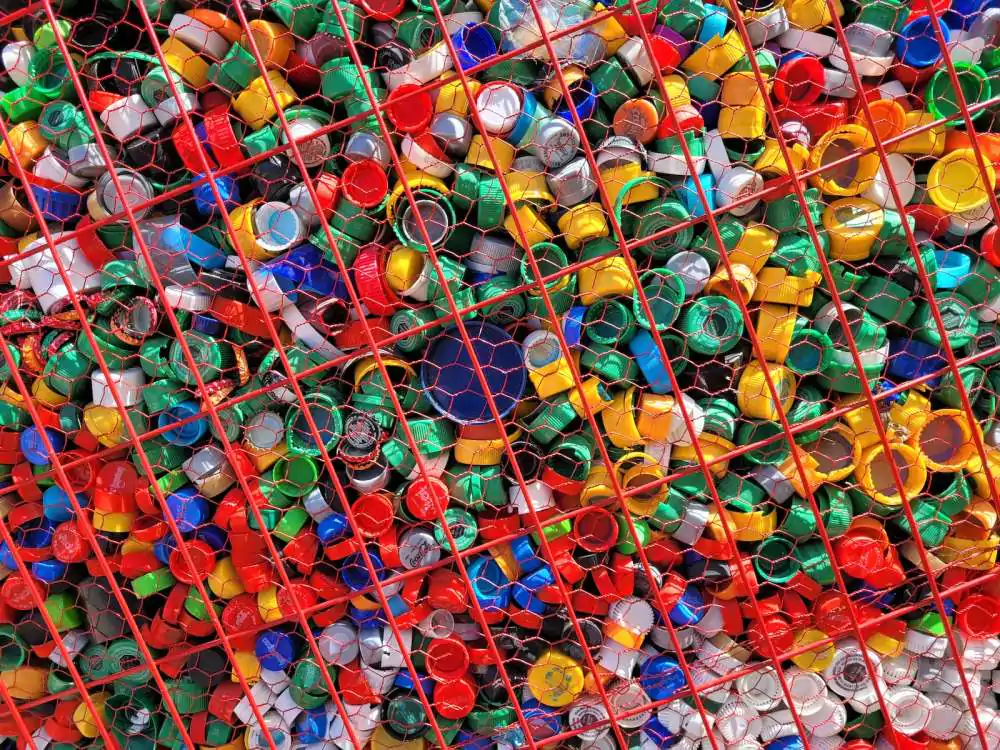Hello, young learners!
Welcome back to Basic Science and Technology. In our previous lesson, we learned about No previous lesson found.. Today, we’re going to learn about Materials & Maintenance.
Objectives
By the end of this lesson, you should be able to:
- Define plastic.
- Define rubber.
- Identify plastic and rubber.
- List out 3 types of plastic, their uses, and examples.
- List out 3 types of rubber, their uses, and examples.
Materials & Maintenance
Materials are important in our daily lives. They are used to make everything we use, from our clothes to our houses. Some materials are natural, like wood and cotton, while others are synthetic, like plastic and rubber.
What is Plastic?
Plastic is a synthetic material made from polymers. It is lightweight, durable, and can be molded into various shapes. Plastic is used in a wide range of products, such as bottles, bags, toys, and furniture.
What is Rubber?
Rubber is a natural or synthetic material known for its elasticity. It is used in products like tires, erasers, and shoe soles. Rubber is also used in many other products, such as hoses, belts, and gloves.
Types of Materials
Plastic
There are many different types of plastic, each with its own unique properties. Some of the most common types of plastic include:
- PET (Polyethylene Terephthalate): Used for bottles, food containers, and clothing fibers.
- HDPE (High-Density Polyethylene): Used for milk jugs, detergent bottles, and pipes.
- PVC (Polyvinyl Chloride): Used for pipes, window frames, and flooring.
- PP (Polypropylene): Used for packaging, containers, and carpets.
- PS (Polystyrene): Used for disposable cups, plates, and food containers.
- LDPE (Low-Density Polyethylene): Used for plastic bags, films, and shrink wrap.
- ABS (Acrylonitrile Butadiene Styrene): Used for toys, car parts, and appliances.
- PC (Polycarbonate): Used for optical discs, safety glasses, and water bottles.
Rubber
There are two main types of rubber: natural rubber and synthetic rubber.
- Natural rubber: Derived from the sap of rubber trees. It is used in tires, gloves, and erasers.
- Synthetic rubber: Manufactured from petroleum products. It is used in tires, hoses, and belts.
Evaluation Questions
Now that you’ve learned about materials, let’s see if you can answer these questions:
- What is the difference between natural and synthetic materials?
- What are some common uses of plastic?
- What are some common uses of rubber?
- What are the advantages and disadvantages of using plastic?
- What are the advantages and disadvantages of using rubber?
Conclusion
Today, we learned about different types of materials, including plastic and rubber. We discussed their properties, uses, and examples. Remember, understanding materials is important for making informed choices and using them effectively in our daily lives. Don’t forget to check the comments section if you have any questions, and use the navigation to move to the next lesson. See you in the next lesson!









